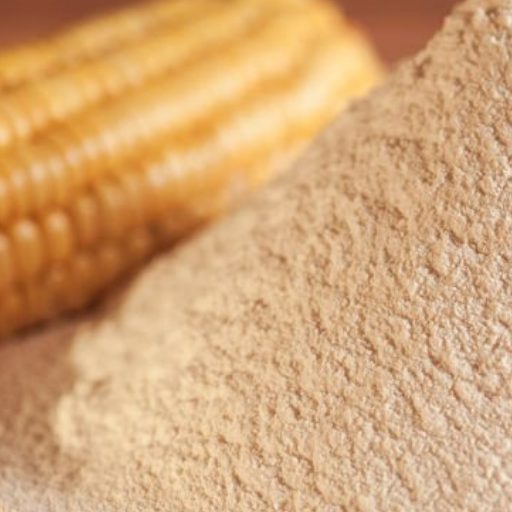Discover Maize Flour: From Ancient Grains to Modern Kitchens
What are the health Benefits of Maize Flour?

Maize is a starchy food eaten around the world. It comes as kernels on a cob, covered by a husk. It is one of the most popular vegetables around the world. It is high in dietary fibre, which is necessary for maintaining a healthy lifestyle. Maize flour is gotten from processing the cob and extracting the starch. It is commonly used in dishes like cornbread, corn pudding and porridge. Coarse maize flour provides a distinct texture and add a rich corn flavour to this dishes.
Maize flour, also known as corn flour, is a finely ground powder made from dried maize (corn) kernels. A staple in many cultures around the world, maize flour has been a fundamental ingredient in traditional dishes for centuries. From Latin American tortillas and tamales to African porridge and South Asian breads, maize flour’s versatility makes it a cornerstone of global cuisine. Rich in carbohydrates, fiber, and essential nutrients, it provides a nutritious base for a variety of meals. Whether used in baking, cooking, or thickening sauces, maize flour continues to be a valuable and widely used ingredient in both traditional and modern culinary practices.
Health Benefits Of Maize Flour
Maize Flour is an Energy source, and also a gluten free option. It Lowers blood cholesterol, Reduces constipation, Improves bone health, Prevents high blood pressure, Improves psychological function, Good for pregnant women, Prevents anaemia, Promotes healthy bodyweight.
It also Improves digestive health, Improves heart health, Eliminates inflammation, Improves eye health, Treats prostatitis, Helps minimize iron deficiency
Brief History Of Maize Flour
Maize cultivation dates back around 9,000 years to Mesoamerica, where it was a vital crop for ancient civilizations like the Mayans, Aztecs, and Incas. Maize was not only a staple crop, but also held significant cultural and religious importance for indigenous civilizations. It was not merely a food source, but a symbol of abundance and sustenance, representing the connection between human beings, nature, and the Divine.
The discovery of the Americas in the 15th century marked a pivotal moment in the history of maize flour. When European explorers and colonizers encountered the culinary traditions of the indigenous peoples, specifically their use of maize, they recognized the potential of this versatile and nutritious grain. This quickly led to its cultivation in Europe, Asia, Africa, and beyond, shaping the cuisines of various regions across the globe.
Although it is not native to Africa, maize has become an important crop on the continent due to its nutritional qualities and ease of cultivation. Now it is the most widely grown staple crop for over 300 million Africans.
Maize is used in many different ways in Africa. One common way to prepare maize is to make maize porridge or maize meal (corn fufu, called by many names, for example ugali in Kenya, nshima in Zambia, and pap in South Africa). This porridge or meal may be eaten alone or served as a starch to accompany other foods. Other maize-based foods made in Africa include bread, dumplings, and alcoholic and non-alcoholic beverages. Maize kernels are sometimes cooked with beans and other ingredients in a dish called githeri (Kenya) or mutakura (Zimbabwe). Notably, although nixtamalization is not practiced in Africa, maize is sometimes prepared with ash or sodium carbonate salt to make soup, somewhat similar to making sofkee in the southeastern United States.
REFERENCES